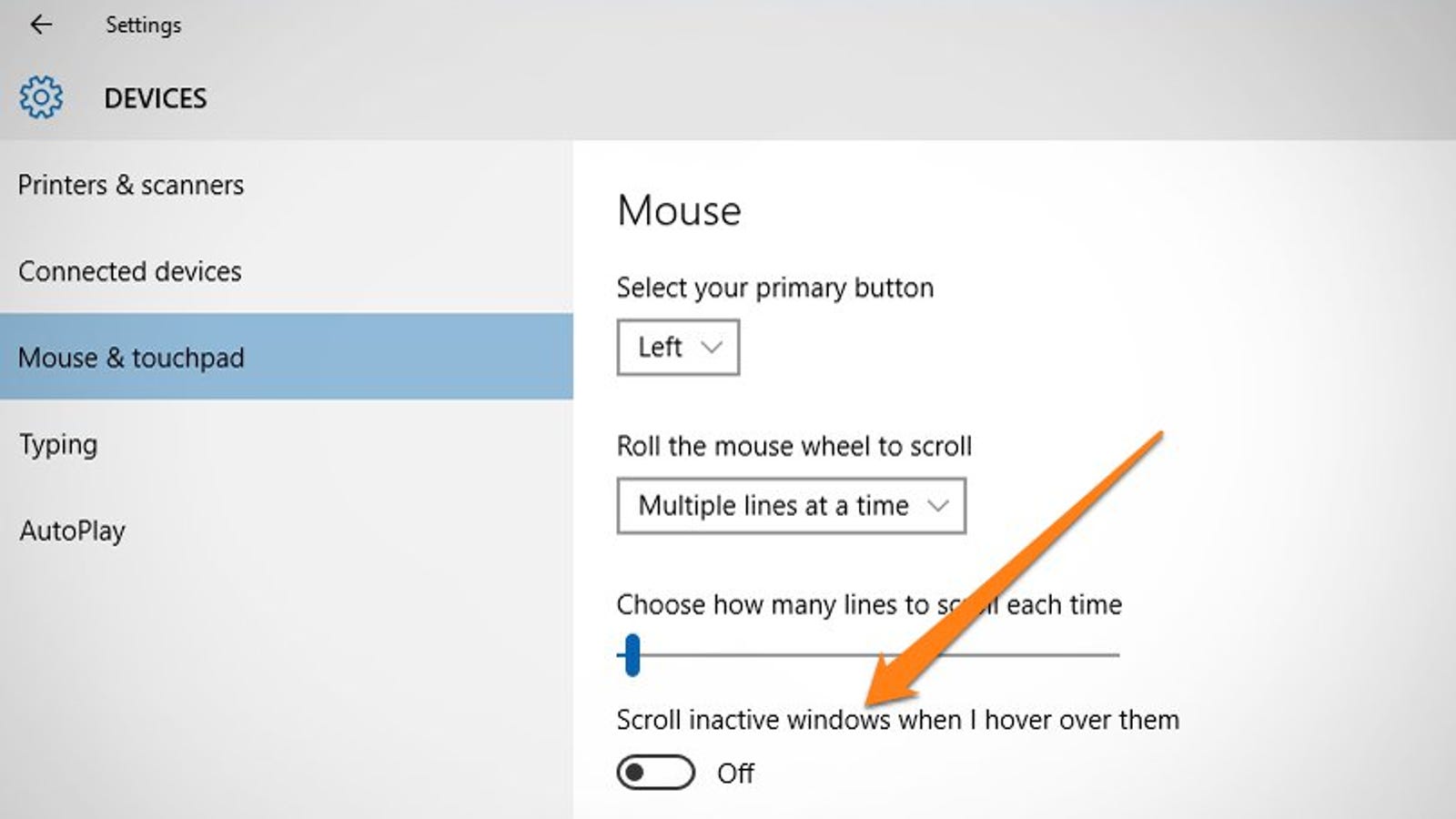

- #SCROLL REVERSER WINDOWS ALTERNATIVE MAC OS#
- #SCROLL REVERSER WINDOWS ALTERNATIVE SKIN#
- #SCROLL REVERSER WINDOWS ALTERNATIVE WINDOWS 10#
- #SCROLL REVERSER WINDOWS ALTERNATIVE WINDOWS 7#
An application can determine whether the system includes a mouse by passing the SMMOUSEPRESENT value to the GetSystemMetrics function. You can follow us on Twitter or join our Facebook fanpage to keep yourself updated on all the latest from Microsoft, Google and Apple. Although the mouse is an important input device for applications, not every user necessarily has a mouse. Just press Alt+Tab, hold the Alt key down, and then keep pressing the Tab key to scroll through your open windows.
#SCROLL REVERSER WINDOWS ALTERNATIVE WINDOWS 10#
These tips apply to both Windows 10 and 7.

The Alt+Tab switcher has other useful-but-hidden keyboard shortcuts.
#SCROLL REVERSER WINDOWS ALTERNATIVE MAC OS#
Unlike previous versions of Mac OS X, Lion is available online only as a 4 GB download from the Mac App Store. Alt+Tab lets you switch between open windows, but there’s more to it than that. The new operating system, which became available to consumers today, includes several new usability paradigms that were borrowed from iOS, the operating system that runs on iPhones, iPod touches and iPads, including the new reverse scrolling which we just showcased.
#SCROLL REVERSER WINDOWS ALTERNATIVE SKIN#
When you first launch the app, you should pick a Start menu style (single or double column) and then apply a skin you prefer (try Metallic, it’s really good).

#SCROLL REVERSER WINDOWS ALTERNATIVE WINDOWS 7#
OS X Lion, if you’re not already aware, is Apple’s new Mac operating system. The main purpose of Open Shell is to replace the Windows 10 Start menu with a Windows 7 like Start menu that can be further customized with skins. The Natural Scrolling application referred to in Basharat Sials answer does not fix natural scrolling in certain system windows. Yet, it does prove a point and while some users might just prefer traditional scrolling, it’s nice that there’s the choice. In my opinion, reverse scrolling might not make that much sense using traditional computing interfaces like the mouse, just given the way the scroll wheel works. Scrolling isn’t smooth and fluid like it is on Lion or Mac OS X, and doesn’t have the elasticity effect found in those systems. There are several limitation to this tweak, which is not surprising, since it likely took its developers no more than 5 minutes to write. There is also the convenience flex-center CSS class which is equivalent to. It’s important to keep in mind that scrolling using the arrow keys or on the screen itself will work like it did before, just not using the scroll wheel. Also, if you want to wrap in reverse order, then reverse-wrap is available. Once you’ve done that, the script should be running in the background and reverse scrolling should now be possible.

So it may be a bug in Foundation as you suspect.Assuming you have already installed AutoHotKey, you’ll simply need to move your script to a safe directory and double-click on it. To me, it feels like NSUserDefaults for those apps is getting erased or replaced. I'll get apps that I've had for months asking me to allow notifications and showing me tutorials that I've skipped. This behavior is definitely new to macOS with the most recent versions.Īt the risk of getting too off-topic, I've also seen a bug on iOS which looks like a problem specifically with NSUserDefaults: many of the apps on my iPhone will suddenly begin launching as if they had never been run before (including built-in apps like Messages). Whats new in 1.7.0.3 Reverse mouse scrolling (if enabled) will. I am not sure that the system uses NSUserDefaults for storage of these kinds of preferences, but it has the same behavior of toggling one setting changing many (as if reloading valid or invalid settings from a different source than when the list was initially rendered). WizMouse can optionally reverse the wheel scrolling direction (like OS X Natural scrolling). To try and narrow it down I removed all cached. The last time I went to make one when I double-clicked to add set the keyboard shortcut, all of my custom shortcuts were erased (unbound, but still listed). You can reverse the revocation of a certificate, Weve now worked through the Windows PKI certificate system. I frequently make keyboard shortcuts to run small scripts running with Automator. the only thing I've seen like this on Mac is the preferences for custom keyboard shortcuts for Services within the Keyboard preference pane. Kevin Parker said, had to restart Windows for the effect to reverse, but it worked. that took the script without any confirmation, shell terminal style. I'm also seeing this bug still with 1.7.6 on macOS 10.12.4 (16E195). Opened Windows PowerShell, pasted this command, ran it, got only red lines saying it's not permitted.


 0 kommentar(er)
0 kommentar(er)
